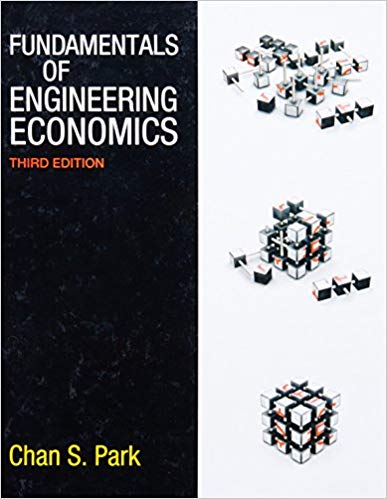Answered step by step
Verified Expert Solution
Question
1 Approved Answer
3. Consider the following two mutually exclusive projects: Year 0 Cash Flow Project A -$ 45,000-$ 40,000 Project B 1 $ 10,000 $ 10,000

3. Consider the following two mutually exclusive projects: Year 0 Cash Flow Project A -$ 45,000-$ 40,000 Project B 1 $ 10,000 $ 10,000 2 3 4 5 $ 10,000 $ 10,000 $ 10,000 $ 11,000 $ 10,000 $ 11,000 $ 15,000 $ 10,000 $ 15,000 $ 10,000 $ 25,000 $ 20,000 6 7 8 $ 25,000 $ 20,000 9 $ 25,000 $ 20,000 You require a 14% return on your investment. a) If you apply the payback criterion, which investment will you choose? Why? b) If you apply the NPV criterion, which investment will you choose? Why? c) If you apply the IRR criterion, which investment will you choose? Why? d) Based on your answers in A, B, and C, which project will you finally choose? Why? 4. Based on the following information: Rate of return if state occurs (12 marks) State of economy Probability of state of economy Stock A Stock B Stock C Recession 33.33% 7% -2% 5% Normal 33.33% 10% 0% 11% Boom 33.33% 15% 3% 20% a) Which investment has the highest expected return? b) Which investment has the highest total risk (standard deviation)? (16 marks)
Step by Step Solution
There are 3 Steps involved in it
Step: 1

Get Instant Access to Expert-Tailored Solutions
See step-by-step solutions with expert insights and AI powered tools for academic success
Step: 2

Step: 3

Ace Your Homework with AI
Get the answers you need in no time with our AI-driven, step-by-step assistance
Get Started


